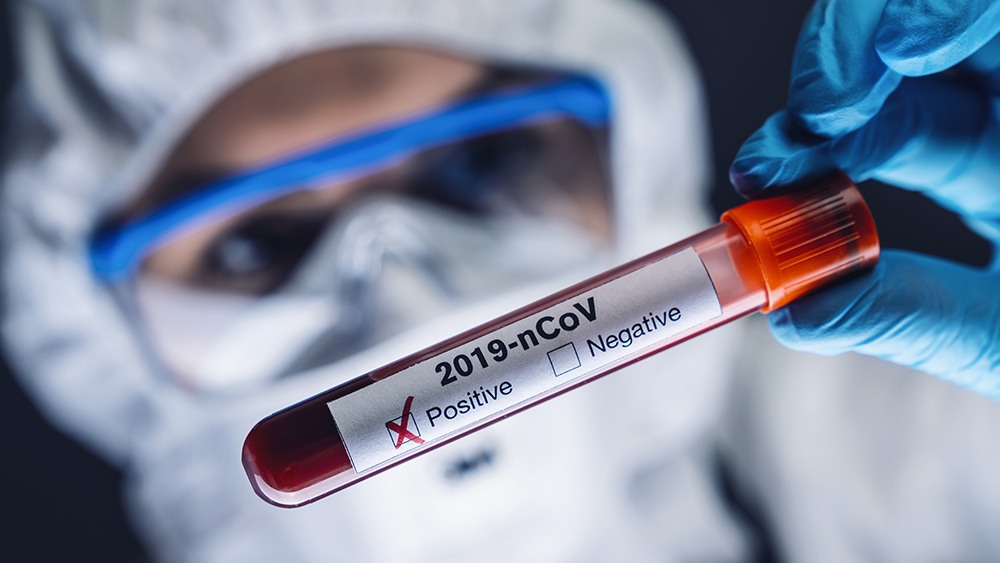Ethicist calls UK embryonic gene editing experiment “child abuse”
06/30/2020 / By Isabelle Z.

Is embryonic research akin to child abuse? A Catholic ethicist has said that it absolutely qualifies, and it’s hard to disagree when you look at projects like one in the UK that involved destroying more than a dozen tiny human beings after extensively manipulating their DNA via the gene editing technique, CRISPR.
In an interview with LifeSiteNews, Catholic ethicist Dr. Marie Hilliard pointed out: “Child abuse is an offense reportable by health care providers. Yet scientific journals publish such research as if it represents a good.”
Dr. Hilliard is the co-chair of the Catholic Medical Association’s Ethics Committee and works with The National Catholic Bioethics Center.
In the study, UK researchers began with 25 human embryos. They used the CRISPR technique to cut out the POU5F1 gene in 18 of them, while seven served as controls.
They then employed sophisticated computational methods to analyze the embryos. This revealed that eight of the edited embryos had abnormalities across a certain chromosome despite looking normal. Four of them had inadvertent additions or deletions of DNA next to the edited gene.
This isn’t a huge surprise; CRISPR has long been known to have the potential to create “off-target” effects, which can happen if a different place in the genome beyond the intended one is mistakenly edited. However, what happened in this case also points to the possibility of “on-target” edits, wherein the right place in the genome is edited but it has unintended consequences.
University of California, Berkeley Professor of Molecular and Cell Biology and gene editing expert Fyodor Urnov told OneZero: “There’s no sugarcoating this. This is a restraining order for all genome editors to stay the living daylights away from embryo editing.”
Dr. Hilliard took an equally hard stance, calling the team’s work “the most egregious abuse of the most helpless of human beings, who are then destroyed.”
She added that even if the embryos developed into adults, alterations to their reproductive cells could have impacted the human race should they have been able to reproduce the same way normal humans do. That’s why the embryos were destroyed, but it does little to take away from the fact that none of this should have happened in the first place.
In the U.S., establishing a pregnancy using a genetically modified embryo is prohibited by law, and dozens of other countries have similar bans. However, there are still plenty of countries that do not have such laws.
She said that this was “the ultimate cannibalization of human beings,” with the embryos being conceived through in vitro fertility treatments for parents who then abandoned them to science.
“In reality,” she said, “these offspring are treated by their unknowing parents as commodities, after their brothers or sisters, who were allowed to live, were deemed to be more desirable.”
Some parents aren’t being told how donated embryos are used
Dr. Hilliard believes that many parents might not be aware of precisely what is being done to donated embryos. She said the parents are sometimes incorrectly informed that human beings don’t exist until an embryo is actually planted in the mother’s womb, and this means they might actually be thinking they are doing something good by donating their embryos to science.
She said that gene editing is not intrinsically wrong, in her point of view, and may even be good depending on how it’s carried out and its purpose. However, gene editing needs to be tested first on animals such as mice to demonstrate safety and efficacy before it’s done on humans.
She also pointed out how ironic it is that supporters of abortion maintain that an embryo isn’t yet a human being, yet scientists carry out research on them routinely, which means they very much are human beings.
Sources for this article include:
Tagged Under: abortion, Anti Christ, bad technology, Child abuse, CRISPR, demonic, embryonic research, ethics, evil, gene editing, medical ethics, playing God, Twisted



















